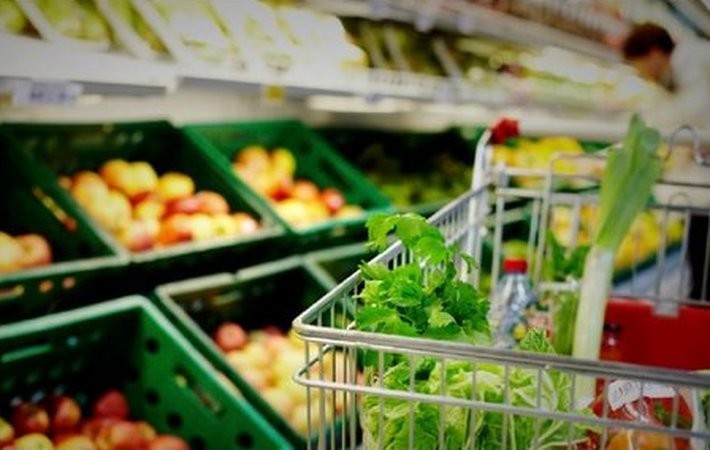
Published on 11/30/2016 | Strategy
As per NRDC study in 2012 getting the food from farm to our forks consumes about 10 percent of the total energy budget of USA. It also uses about 50 percent of land, 80 percent of all freshwater. However the sad truth is that 40 percent of food in the United States today goes into landfills which is estimated to be a whopping $165 billion each year. Improving the efficiency of our food collections eco system including storage and transportation is the key to addressing this.
Environmental control of perishable goods in transit is not new to the transportation industry and is a step to reduce this wastage. To cater to the temperature and humidity control requirements of vegetables, (ripening) fruits, dairy and poultry products, processed food items, beverages and drugs, global transportation companies traditionally use reefer technology (refrigerated containers) for long haul routes, with similar controls extending to container ships.
This is an established process with high-tech containers fitted with precision sensors, and refrigeration and airflow units mounted optimally with reference to the stacking/loading design of goods, in order to detect any deviation in temperature/humidity from the preset values and control the environment to within strict limits throughout the trip. Deviations however minor are logged and alerted to customers in real time.
Yet, incidents of damage of goods in transit have been increasingly reported, with claims and counter-claims as to who should own up the damages. Temperature and humidity control systems have been suspect many a time. So what may be going wrong?
If we examine the end-to-end journey of a temperature sensitive food item in transit - Starting from the factory/farm where it is produced which many instances is located in another country, on to company owned trucks to the refrigerated central warehouse for brief periods of storage, then on to reefer trucks of transportation/logistics companies, perhaps with aggregators in between to optimize movements on to container ships, then the trans-shipment segments, onto trucks again in another country, to a regional warehouse for interim storage, before onward transportation on smaller trucks to retail outlets in that area. It can be easily seen that although strict controls for temperature/humidity with logging/alerting have been put in place for most legs of transportation, all of them may not be equally efficient.
“Weak links” do exist, especially in the last mile. Although the exposures could be for brief periods during short trips, it could still have an impact on the quality of the food item as it reaches the customer’s hands. Besides, all players in the supply-chain may not be equally equipped to invest in these control measures for cost/affordability reasons, so those players may be “weak links” as well.
There is hence a need for an easy to install, reconfigurable and cost-effective monitoring system for temperature and humidity of temperature sensitive goods in the “weak links” in the cold chain transportation. Identifying a right technology partner like SequoiaAT, to identify the weak links and developing and implementing solutions to address is the first step
The temperature/humidity monitoring system can be implemented using multiple sensor tags, mounted at optimal points inside the goods container with reference to the airflow intake/ exhaust and stacking/loading design.
Temperature and humidity being slowly changing parameters, the frequency of measurement samples could have a default value of a few minutes in order to conserve battery, as well as reduce storage requirements. However the sampling frequency could be increased for a more stringent monitoring need.
Based on the criticality of the goods being transported a monitoring gateway would collect measurement samples from all the wireless sensors and log them continuously into onboard storage, for download at the end of trip or provide live alerts via GPRS/3G/LTE modem.
Monitoring gateway to have batteries that are charged from vehicle battery through car battery charger. Capable of sending data even when the ignition is off. It will also need cloud based solutions to be developed and deployed to track where the goods are, monitor health of the vehicle and reefer etc.
Although the problem mentioned is a major one for many nations, and many logistics companies are trying to implement solutions which are inter-operable. Designing a re-configurable , cost effective and easily deployable technology solution (including a combination of hardware like OBD, Accelerometers, Temperature & humidity sensors, RFID etc. to AWS deployment of software to running predictive analytics on data collected) is just the first step to address the problem.
This article was originally posted on LinkedIn.